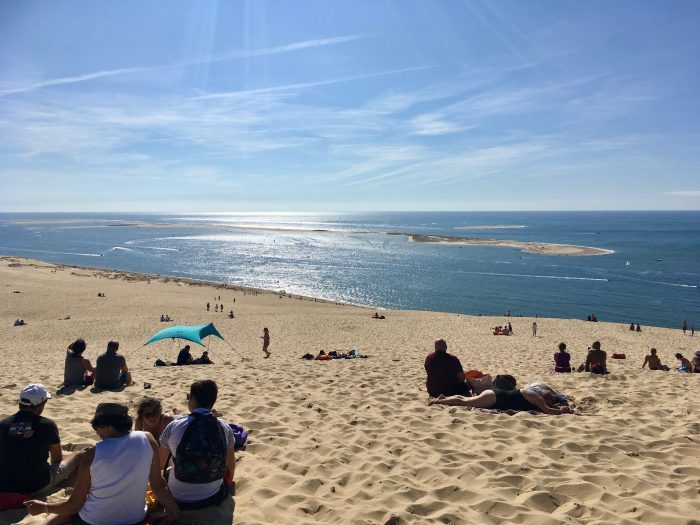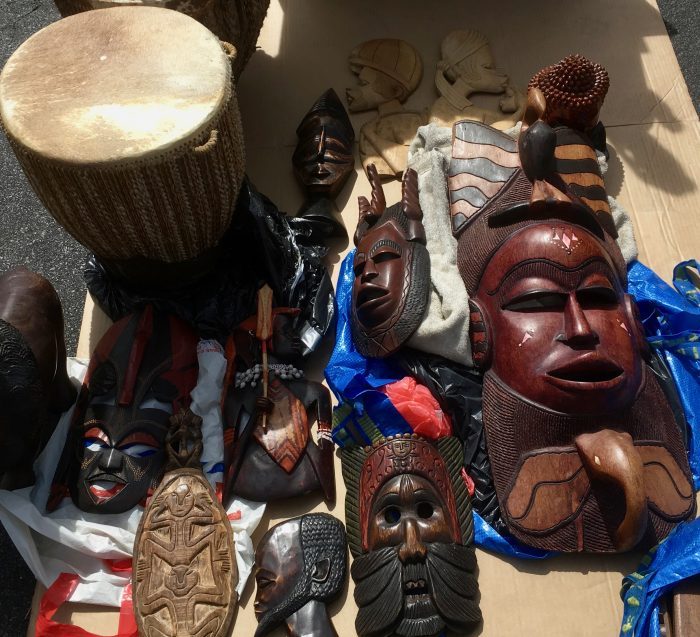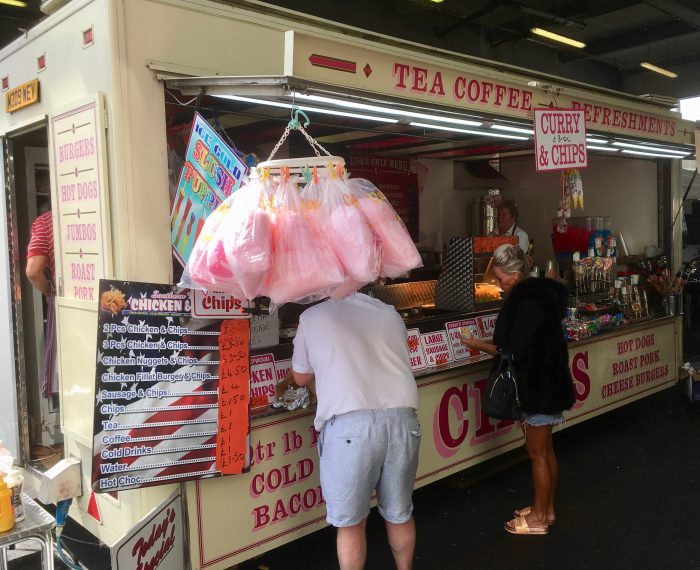A bivalve pilgrimage
Regular readers will know this blog recently decamped to France for a short break. Kicking the regal Biarritz dust from our heels the Preen family are on the road north to Arcachon.
Like Biarritz, Arcachon Bay is on the Atlantic coast and is known to the locals as Le Bassin or The Basin. The beaches are spectacularly beautiful, some of which can be viewed from a massive sand dune called the Dune of Pilat. It’s more like a mountain than a dune and something you’d expect to see in the Sahara rather than at a French tourist resort. Camels should have featured somewhere. From its summit you can gaze in wonder at the beaches and hang glide down to them if you’re brave enough.
 But this isn’t a tourist blog, so get Googling if you want to know more. What we’re here for are the oysters as Arcachon is the oyster capital of France. We are on a bivalve pilgrimage.
But this isn’t a tourist blog, so get Googling if you want to know more. What we’re here for are the oysters as Arcachon is the oyster capital of France. We are on a bivalve pilgrimage.
Most French towns of any size have a covered market often called Les Halles where all kinds of fresh, French yumminess can be found from cheeses to hams to sausages, breads, fruit and vegetables. The French just take food more seriously than we do. Think of the words the English use to describe food, ‘grub’ ‘nosh’ and ‘chow’ spring to mind. We don’t like food getting above itself, so we put it in its place. Depending on your point of view, the French either exalt and treasure food or have a slightly bonkers obsession with it.
France’s local oyster, the European oyster, is now farmed and no longer harvested in the wild. After reaching two or three years of age, oysters are taken to so-called fattening grounds, typically in river estuaries and marshes. There they become plump and juicy and ready for the table by gorging on algae and other nutrients that are very appealing to the hungry bivalve. Thereafter they are graded for taste and texture. Little do they know what’s coming next.
At the back of the market in Arcachon we found the Bar à Huîtres where we ordered twelve of their best. While waiting for our order to appear and to the annoyance of the daughter I read aloud the Lewis Carroll poem the Walrus and the Carpenter. Spoiler Alert: Look away now if you don’t want to know what happens to the oysters at the end of the poem. Here’s an edited version, just an hors d’oeuvre, click here for the Full English.
O Oysters, come and walk with us!’
The Walrus did beseech.
A pleasant walk, a pleasant talk,
Along the briny beach:
We cannot do with more than four,
To give a hand to each.’
But four young Oysters hurried up,
All eager for the treat:
Their coats were brushed, their faces washed,
Their shoes were clean and neat —
And this was odd, because, you know,
They hadn’t any feet.
Four other Oysters followed them,
And yet another four;
And thick and fast they came at last,
And more, and more, and more —
All hopping through the frothy waves,
And scrambling to the shore.
The Walrus and the Carpenter
Walked on a mile or so,
And then they rested on a rock
Conveniently low:
And all the little Oysters stood
And waited in a row.
O Oysters,’ said the Carpenter,
You’ve had a pleasant run!
Shall we be trotting home again?’
But answer came there none —
And this was scarcely odd, because
They’d eaten every one.”
All around us men where shucking oysters, splitting the shells with a twist of the wrist in one deft move. Very quickly our plate arrived with the oysters set on ice and draped in seaweed fronds. They may have spent months being fattened in river reedbeds but at La Table de Preen they were gone in 60 seconds, well perhaps a little longer. I’m hopeless at describing food, I’m English for goodness sake, but they were plump and salty and slithered down with great ease. I could have ordered another dozen.
The next day part of the family spent the day at Aqualand , but not being the world’s best swimmer, I was given the morning off to mooch. Staying just outside Arcachon in a village called Le Teich, I wandered into the centre to get some lunch. There in front of the local bar I found Hercule selling oysters from a cart.
‘Douze huîtres s’il vous plait’ I said in my best ‘O’ level French and twelve were duly slung into a plastic bag in exchange for a few Euros. I headed back to the apartment, put the bag in the fridge and waited for the family to arrive.
How hard could it be to shuck a few oysters? Well let’s just say, I recommend gardening gloves and a police issue stab vest if you want to keep safe.
 As you can see from the picture, the knife looks like something which would be of interest to the police if you were caught with it in one of the seedier parts of London.
As you can see from the picture, the knife looks like something which would be of interest to the police if you were caught with it in one of the seedier parts of London.
The BBC’s Good Food describes the shucking process like this:
- Wrap a tea towel over one hand and use it to hold the oyster firmly.
- Using an oyster shucking knife in the other hand, place the tip of the shucking knife at the base of the hinge, twist the knife using pressure, then without the pressure, lever the knife upwards, or twist it to prise the hinge open.
- Slide the knife under the top shell to release the oyster and remove the shell.
Sound so easy doesn’t it? Well, let me tell you, my oysters were no pushover. All that gorging on algae had made them tough little buggers who weren’t going to give up without a struggle.
What the BBC fails to mention is the bit where you inadvertently stab yourself in the hand because it’s so damn difficult to get the knife into the hinge. Or when you twist the knife and a bit of oyster shell flies off and hits you in the eye, the shell remaining tightly shut.
It’s a tricky business but eventually all twelve were opened, eaten and pronounced delicious. I guess all good things come after a bit of a struggle and oysters are no exception. Thanks Hercule, we’ll see you tomorrow.


 But this isn’t a tourist blog, so get Googling if you want to know more. What we’re here for are the oysters as Arcachon is the oyster capital of France. We are on a bivalve pilgrimage.
But this isn’t a tourist blog, so get Googling if you want to know more. What we’re here for are the oysters as Arcachon is the oyster capital of France. We are on a bivalve pilgrimage. As you can see from the picture, the knife looks like something which would be of interest to the police if you were caught with it in one of the seedier parts of London.
As you can see from the picture, the knife looks like something which would be of interest to the police if you were caught with it in one of the seedier parts of London.



 So, what’s the shopping like? Arming myself with an excellent flat white from ‘Full of Beans’ (which came with a complementary choc chip cookie) I went in search of bargains. Trainers are a big sell with brand names such as Vans going for £20. Whether these are real or of real interest to the police I couldn’t say. Builders’ kit is clearly a big draw with men coming from all over to get tooled up with electric saws, drills, spirit levels and the rest.
So, what’s the shopping like? Arming myself with an excellent flat white from ‘Full of Beans’ (which came with a complementary choc chip cookie) I went in search of bargains. Trainers are a big sell with brand names such as Vans going for £20. Whether these are real or of real interest to the police I couldn’t say. Builders’ kit is clearly a big draw with men coming from all over to get tooled up with electric saws, drills, spirit levels and the rest.
